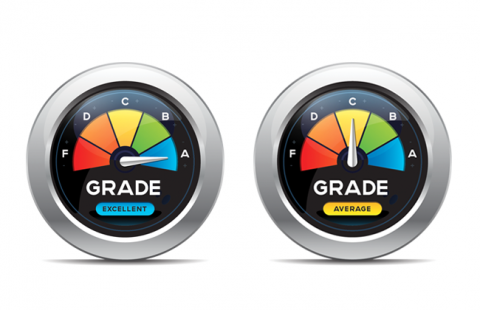I’ve been teaching for nearly 30 years so I personally understand the challenges that stem from a professor’s desire to be accessible and develop a strong bond with their students. Sometimes that means promptly responding to queries about an assignment or cultivating a relationship with a struggling student over the course of a semester.
Providing students with that level of attention is valuable yet burdensome for professors, particularly those teaching courses with hundreds of students. Thanks to artificial intelligence, our IT group has successfully tackled some of those challenges. Through this, we’re helping set students up for success while also increasing the university’s competitive advantage.
Meet a new kind of student advisor
At the University of Alabama at Birmingham, we’ve developed AI agents that serve as personal assistants for faculty. We call them “intrusive advising assistants.” “Passive advising” is the model universities have used for decades in which students control the interactions with their advisors or their faculty members. In other words, students reach out when they have a question or problem. Intrusive advising is the opposite – actively monitoring the student’s progress and reaching out to engage the student.
[ Could AI solve that problem? Get real-world lessons learned from CIOs in the new HBR Analytic Services report, An Executive's Guide to Real-World AI. ]
A variety of factors shape whether a student is successful, such as whether the student attends class and performs well on assessments. The AI agents we developed work in concert with our learning management system, which tracks when students log in to view course content, for how long they were there, and what module they opened, for example.
Faculty can set parameters that determine when the advising assistant sends a message. For example, if the personal assistant detects that a student has been absent from class or hasn’t accessed materials in the learning management system, it will send the student a note that might say something like, “Hey, I noticed you haven’t been in class. Is there something going on in your life? How can I help?” Each faculty member can set the parameters and customize the responses the assistant sends.
Intrusive advising assistants are also used when assignment or test results are given. If a student earns a good grade, the system sends them a congratulatory note on behalf of the professor. If he or she doesn’t, the system will send a note asking how the professor can be of help to get them back on track.
Not all faculty are using the system, and that’s okay. We’re working on driving adoption because we believe it is having a very positive effect on our progression, graduation, and retention rates. It takes our faculty from being the most expensive typists on the planet and allows them to focus on engaging with the students.
Faster responses to FAQs
A second system we’re working on, called AskBlaze, focuses on academic affairs. It’s a chatbot that takes frequently asked questions from across our websites and pushes the answers to students and faculty through our mobile app. For example, students might wonder about their schedule that day, or how much tuition they owe, while faculty might wonder how much their last paycheck was.
To get this up and running we built the web interfaces for the content creators and moderators to enter information, do the creation, modification, deletion, and review of that information. We worked with our business partners and the provost to harvest the most frequently asked questions. These questions and answers go into an AI engine, which helps us gather the synonyms and antonyms and other ways a question could be asked – essentially, we’re matching phrases to answers.
We’re about to roll out the pilot, which has about 300 answers and 1,500 ways of asking questions. We believe it’ll grow quickly into tens of thousands of questions, and we’ve already figured out how to map it into Siri and Alexa, which we’ll add later. We’re really excited about the advantages; instead of faculty holding office hours from 8 a.m. to 5 p.m., the immediate response capability will extend them 24/7.
Competitive advantage via AI
The deployed systems have been incredibly well-received. We’ve had faculty tell us that they’ve been waiting 30 years for someone to build a system like this, which reinforces that good pedagogy. Students love it, too: They don’t know that an intelligent agent is sending them emails, for example. They think it’s their professor checking in or commending them for a job well done.
The principle purpose of our IT organization is to create a competitive advantage for our parent organization. We don’t do IT for IT’s sake. We create competitive advantages and do so by empowering our employees to be agents of innovation. These are just a few examples of a small team working as agents of innovation to create a competitive advantage for the university.
[ What are top CIOs doing with AI now and what lessons have they learned? Read also: Executive's guide to AI: New HBR Analytic Services research. ]






